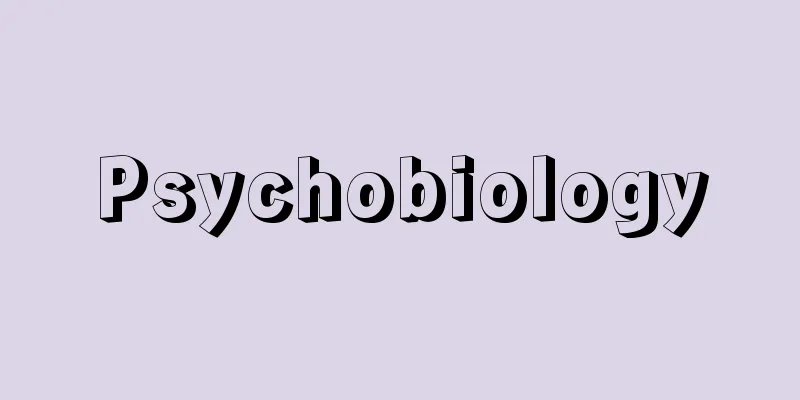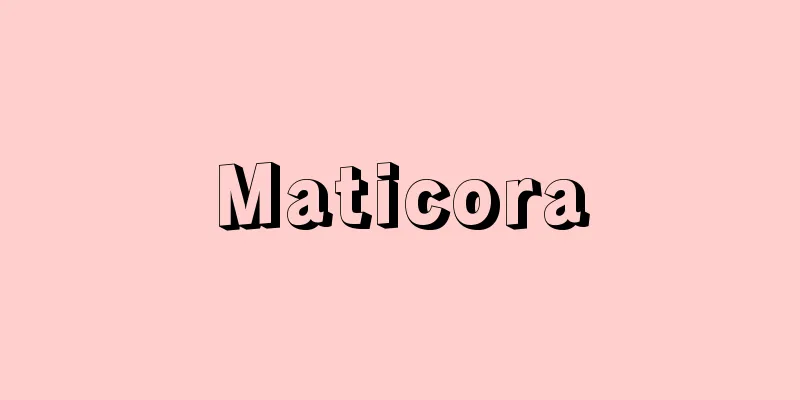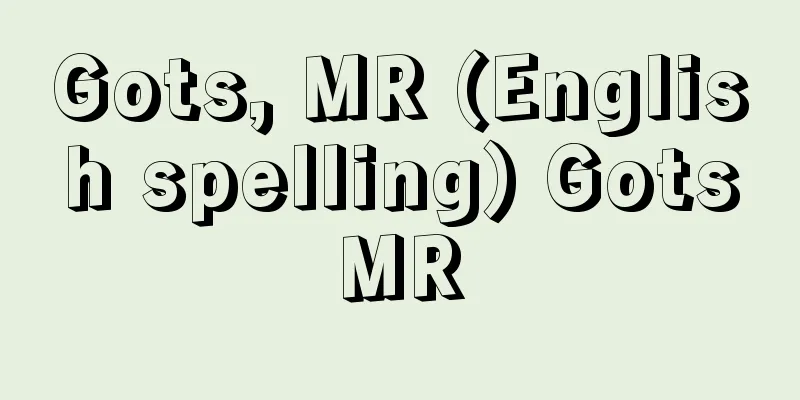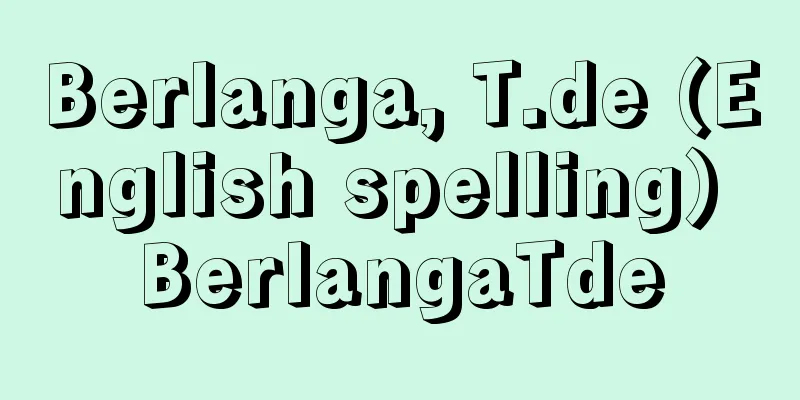Alcoholism - Alcoholism

What is the disease?Alcoholism is a type of drug addiction. Like other drug addictions, alcoholism is a "brain disease" and a "behavioral disease." The main symptom of drug addiction is defined as "reinforced drug-seeking and drug-taking behavior," which is imprinted in the brain as a behavioral memory, and is an incurable disease. Even if you abstain from drugs for a long period of time (or from alcohol in the case of alcoholism), you will return to the same taking behavior you had just before abstinence in a short period of time after taking a small amount again. Like other chronic diseases, it is a disease that is prone to relapse (recurrence). Alcoholism is a common but often misunderstood disease. It is not the same as alcoholism (chronic alcoholism), which is a social, moral and ethical labelling that has been removed from medical terminology. What is the cause? Contains alcohol, an addictive drug The mechanism of reinforcing action is common to all drug addictions, and is This increased sensitivity to reinforcing effects reinforces drinking behavior, leading to pathological drinking patterns and triggering seeking behavior (behavior to drink alcohol somehow). The rate at which sensitivity increases depends on the amount of alcohol consumed, the frequency of drinking, as well as sensitivity to reinforcing effects. If a person is highly sensitive to the reinforcing effects of alcohol, they can become addicted in a short period of time, even if the amount of alcohol they drink or the frequency of their drinking is not large. On the other hand, even if a person is not sensitive, they can become addicted in a short period of time if the amount of alcohol they drink or the frequency of their drinking is large. In other words, alcoholism is formed by sensitivity to the reinforcing effects of alcohol and repeated drinking. Therefore, it is not scientific to say that character or personality is the cause. How symptoms manifestThe main symptom is pathological drinking behavior, which is characterized by a gradual and subtle onset and manifests as changes in intake and seeking behavior. The drinking behavior becomes a pathological drinking pattern in which drinking is repeated between daily activities, or drinking, sleeping, waking up, and drinking repeatedly. The duration of the pathological drinking pattern is short at first, but gradually increases (Table 3). Pathological drinking patterns and drinking on the flip side As alcoholism progresses, the norms of daily behavior shift to drinking, leading to a situation called alcohol-centeredness, where, for example, wherever you go, you prioritize whether or not you can drink alcohol. Withdrawal symptoms This symptom appears after repeated drinking, when the drinking interval is extended, or when the amount of alcohol consumed is reduced. Insomnia, nightmares, high blood pressure, Once the withdrawal symptoms subside, you may experience emotional instability, such as irritability, sensitivity to stimuli, impatience, and depression. Complications Alcohol-related complications include gastritis, Testing and diagnosisThere are various screening tests available, such as the drinking pattern classification (Table 3) and the CAGE test shown in Table 4, and a diagnosis can generally be made using these. Alcoholism, together with other drug addictions, is called psychoactive substance addiction or substance addiction, and they share common diagnostic criteria: the World Health Organization's (WHO) ICD10 diagnostic criteria for psychoactive substance addiction (Table 5) and the American Psychiatric Association's DSMIV diagnostic criteria for substance addiction. These diagnostic criteria are used to diagnose alcoholism. In addition, getting excited when drunk is " Treatment methodsThere are currently no treatment options other than abstinence. The National Institute on Alcohol and Alcoholics Anonymous conducted a nationwide study called Project MATCH, which tests treatment methods tailored to the characteristics of each patient. In this study, 1,726 patients from nine facilities across the United States were treated by 25 therapists for 12 weeks using a standardized procedure, and the effectiveness of the treatment was evaluated based on the number of days and amount of alcohol consumed over the course of a year. The three treatments examined were 12-step intensification therapy, cognitive behavioral therapy, and motivational reinforcement therapy. As a result, for patients without psychotic disorders who were receiving outpatient treatment from the start, 12-step intensification therapy was significantly associated with fewer days of drinking than cognitive behavioral therapy, but there were no significant combinations of patient characteristics and treatments. As mentioned above, there is currently no particularly effective treatment. In most alcohol-related wards in Japan, patients must be motivated to quit drinking as a condition for admission, and during the two to three months of hospitalization in open wards, patients' self-governing associations connect them to alcohol-related meetings or AA. Recently, cognitive behavioral therapy is being increasingly used. Some wards even use introspection therapy. There are not many specialized wards for people who have difficulty finding motivation and need long-term hospitalization for more than three months. The main drugs used in treatment are: Two drugs, cyanamide and disulfiram, are used, but they do not suppress the craving for alcohol. Both drugs work by inhibiting the metabolic enzyme of acetaldehyde, an intermediate product of alcohol metabolism, increasing the concentration of acetaldehyde in the blood when drinking alcohol, and causing the same biological reaction as in people who cannot drink alcohol, thereby keeping alcohol away. Craving suppressant Acamprosate and naltrexone, which are unapproved drugs in Japan, are used in Europe and the United States. Although they are not perfect for reducing alcohol cravings, they have been shown to be highly effective in abstinence when combined with supportive psychotherapy. What to do if you notice an illnessIf the patient is willing to get treatment, they should first join a local Alcoholics Anonymous group or AA. If the patient is not willing or does not realize they have a problem, someone who notices the problem should consult with a local health center, an Alcoholics Anonymous group, AA, a specialized alcohol clinic, or a psychiatric hospital with a specialized ward. If the patient has severe complications (and of course the alcoholism is severe) but has no desire to undergo treatment, respecting the patient's wishes will only make the situation more serious, and compulsory hospitalization may be necessary. In such cases, follow the advice of counseling institutions, as there are regional differences in available medical resources (Table 6). Tokutaro Komiya "> Table 3. Drinking pattern classification "> Table 4 CAGE test "> Table 5 Psychoactive substance dependence according to ICD-10 "> Table 6 Alcoholics Anonymous and AA Source: Houken “Sixth Edition Family Medicine Encyclopedia” Information about the Sixth Edition Family Medicine Encyclopedia |
どんな病気かアルコール依存症は、薬物依存症のひとつです。ほかの薬物依存症と同じようにアルコール依存症も「脳の病」であり「行動の病」です。 薬物依存症の主な症状は、「強化された薬物探索・摂取行動」と規定され、脳に行動の記憶として刻印され、完治することがない病気です。長期にわたる断薬(アルコール依存症では断酒)をしても、少量の再摂取から短期間に断薬(断酒)直前の摂取行動にもどります。ほかの慢性疾患と同様に再燃(再発)しやすい病気です。 アルコール依存症は普遍的な病気ですが、誤解の多い病気でもあります。アル中(慢性アルコール中毒)と同義ではありません。アル中は社会的、道徳的、倫理的なラベリング(レッテル貼りの言葉)であり、医学用語からは排除されています。 原因は何か 依存性薬物であるアルコールを含んだ 強化作用の機序(仕組み)はすべての薬物依存症に共通で、脳内の この強化作用に対する感受性の増大が、飲酒行動を強化し、飲酒パターンが病的となって探索行動(何とかしてお酒を飲むための行動)を引き起こします。感受性の増大する速度は、強化作用に対する感受性のほかに、飲酒量、飲酒頻度などで変わってきます。 強化作用に対する感受性が高いと、飲酒量や飲酒頻度が高くなくても短期間で依存症に至ります。一方、感受性が低くても、飲酒量や飲酒頻度が高ければ短期間で依存症に至ります。すなわち、アルコールの強化作用に対する感受性と飲酒の反復とから、アルコール依存症が形づくられます。したがって、原因に性格や人格をあげるのは科学的ではありません。 症状の現れ方主な症状は病的な飲酒行動です。その始まりはゆるやかで気づきにくいという特徴があります。病的な飲酒行動は、摂取行動と探索行動の変化として現れます。 摂取行動は、日常行動の合間合間に飲酒を繰り返したり、飲んでは眠り、さめては飲むを繰り返したりの病的飲酒パターンになります。病的飲酒パターンの持続時間は、初期は短期間で徐々に延長します(表3)。 病的飲酒パターンと表裏して飲酒 アルコール依存症の進行につれて日常行動の規範が飲酒に移り、飲酒中心性と呼ばれる状況になります。たとえば、どこへ行くにも飲酒の可否で優先するような事態です。 ●退薬症状 飲酒の反復のあと、飲酒中断や飲酒間隔の延長、飲酒量の減少で現れる症状です。 不眠・悪夢・血圧上昇・ 退薬症状がおさまると、怒りっぽくなる・刺激に敏感になる・焦燥・抑うつなど情動の不安定な ●合併症 アルコールに起因する合併症には、胃炎、 検査と診断検査法には、飲酒パターン分類(表3)や表4に示すCAGEテストなど各種のスクリーニングテストがあり、それらでおおむね診断可能です。 アルコール依存症は、ほかの薬物依存症と併せて精神作用物質依存症や物質依存症と呼ばれ、共通の診断基準があります。WHO(世界保健機関)のICD10の精神作用物質依存症診断基準(表5)や、米国精神医学会のDSMⅣの物質依存症診断基準です。これらの診断基準を用いてアルコール依存症の診断をします。 なお、酔って興奮するのは「 治療の方法現在のところ、断酒以外の治療選択肢はありません。 米国立アルコール研究所が、患者さんの特性に合った治療法を検証するProject MATCHという全米規模の研究を行いました。これは、全米9施設の患者さん1726人に、治療者25人が共通の手順で12週間治療し、その後1年間の飲酒日数と飲酒量から治療効果を判定したものです。 検討された治療法は、12ステップ強化療法、認知行動療法、動機づけ補強療法の3つでした。その結果、精神病性障害がなく最初から外来治療の患者さんには、12ステップ強化療法が認知行動療法よりも飲酒日数が明らかに少なかった以外に、患者さんの特性と治療法の有意な組み合わせはありませんでした。 以上のように、今のところとくに優れた治療法はありません。断酒会やAA(アルコール・アノニムス=アルコール 日本のアルコール専門病棟の大半では、断酒の動機づけを入院条件にしており、開放病棟で2~3カ月の入院期間中に、患者自治会の主導で断酒会やAAへとつなげています。最近は認知行動療法を行うところが増えています。なかには、内観療法を行うところもあります。動機づけが困難で、3カ月以上の長期入院が必要な人の専門病棟はあまりありません。 治療に使われる主な薬剤は以下のとおりです。 ● シアナマイドとジサルフィラムの2つが用いられますが、飲酒渇望を抑制する効果はありません。両剤はアルコール中間代謝産物のアセトアルデヒドの代謝酵素を阻害して、飲酒時の血中アセトアルデヒド濃度を上昇させ、飲めない体質の人と同じ生体反応を起こすことでアルコールを遠ざけるようにする薬剤です。 ●渇望抑制剤 日本では未承認薬のアカンプロセートやナルトレキソンが欧米で用いられています。飲酒渇望には万全ではありませんが、支持的精神療法と組み合わせて高い断酒効果が得られています。 病気に気づいたらどうする患者さん本人に治療意欲があれば、まず地域の断酒会やAAへ参加しましょう。治療意欲がないか、気づかない場合は、問題に気づいた人が地域の保健所、断酒会、AA、アルコール専門クリニックや専門病棟のある精神病院などの窓口へ相談してください。 合併症が重い(当然アルコール依存症も重い)のに治療する意欲がない場合、本人の意思を尊重すると事態は深刻になるので、強制的な入院治療も必要です。その場合、利用できる医療資源には地域差があるので、相談機関の指導にしたがいましょう(表6)。 小宮山 徳太郎 "> 表3 飲酒パターン分類 "> 表4 CAGEテスト "> 表5 ICD-10による精神作用物質依… "> 表6 断酒会とAA 出典 法研「六訂版 家庭医学大全科」六訂版 家庭医学大全科について 情報 |
<<: Alcoholic drinks - Alcoholic beverages
>>: Alcohol Dependence - Alcohol Dependence
Recommend
Fullarton, J.
…He was also one of the founders of the Royal Sta...
Amami Oshima earthquake
...However, there have been examples of large ear...
Levaillant, F. (English notation)LevaillantF
...The period from 1780 to 1830 was the golden ag...
EOR - EOR
Please see the "Exclusive OR" page. Sou...
"Flower of the Sea" - Kaijo Karetsuden
… The unique characters used to write the Suzhou ...
Shared device - Kyoyouki
...Here, we will only look at tableware in the na...
Illyrian Morning Star - Illyrian Morning Star
...The former was written in the Croatian dialect...
trade secret
…Broadly speaking, it refers to undisclosed infor...
FNRSII - FNRSII
…The history of deep sea diving is said to have b...
Miobatrachus
...Some species, such as the upside-down frog Pse...
Shell-shaped fracture - Kaigarajodanko
… Cleavage refers to the tendency of certain crys...
Móra F. (English spelling) MoraF
…Furthermore, Molnár, a writer of urbanism, achie...
Bizen Land Survey
Land surveys were carried out in the Tensho, Bunr...
Magnolia acuminata (English spelling)
…[Kunihiko Ueda]. … *Some of the terminology that...
one-dimensional society
...This term itself began to be used in the Japan...








![Iriki [town] - Iriki](/upload/images/67caf37135b20.webp)
